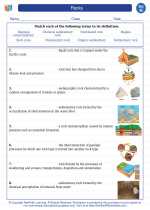Rocks -> electromagnetic induction
Electromagnetic Induction
Electromagnetic induction is the process of generating an electromotive force (emf) or voltage across a conductor due to its exposure to a changing magnetic field. This phenomenon was first discovered by Michael Faraday in 1831. It is the principle behind the operation of generators, transformers, inductors, and many other electrical devices.
Key Concepts
- Magnetic Field and Conductor: When a conductor is moved through a magnetic field or when the magnetic field around a conductor changes, an electric current is induced in the conductor. This is known as electromagnetic induction.
- Faraday's Law: This law states that the induced electromotive force in a closed loop is directly proportional to the rate of change of magnetic flux through the loop. Mathematically, it is expressed as emf = -dΦ/dt where Φ is the magnetic flux and t is time.
- Lenz's Law: According to Lenz's law, the direction of the induced current in a conductor is such that it creates a magnetic field that opposes the change in magnetic flux that produced it. This law ensures the conservation of energy and plays a crucial role in understanding the direction of induced currents.
Applications
Electromagnetic induction has numerous practical applications in everyday life and technology. Some of the key applications include:
- Generators: Electric generators use electromagnetic induction to convert mechanical energy into electrical energy by rotating a coil of wire within a magnetic field.
- Transformers: Transformers utilize electromagnetic induction to transfer electrical energy from one circuit to another through mutual induction between two coils.
- Induction Cooktops: Induction cooktops heat cookware by inducing an electric current through the cookware using electromagnetic induction.
- Induction Motors: Induction motors rely on electromagnetic induction to produce a rotating magnetic field and convert electrical energy into mechanical energy.
Study Guide
To understand electromagnetic induction thoroughly, it is essential to grasp the following topics:
- Understanding the relationship between magnetic fields and conductors
- Exploring Faraday's law and its mathematical representation
- Applying Lenz's law to predict the direction of induced currents
- Studying the practical applications of electromagnetic induction in devices and technologies
Practice solving problems related to calculating induced emf, magnetic flux, and predicting the direction of induced currents using Lenz's law. Additionally, conduct experiments to observe electromagnetic induction in action and understand its real-world implications.
By mastering these key concepts and applications, you will gain a deep understanding of electromagnetic induction and its significance in the field of physics and electrical engineering.
.◂Science Worksheets and Study Guides Eighth Grade. Rocks
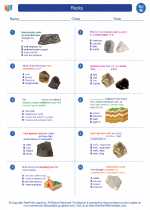
 Worksheet/Answer key
Worksheet/Answer key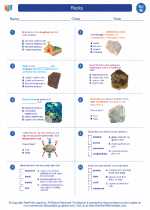
 Worksheet/Answer key
Worksheet/Answer key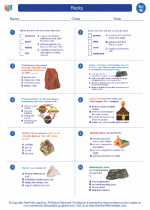
 Vocabulary/Answer key
Vocabulary/Answer key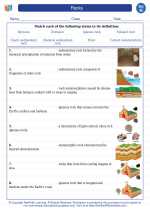
 Vocabulary/Answer key
Vocabulary/Answer key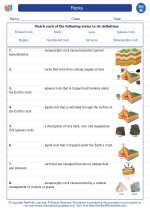
 Vocabulary/Answer key
Vocabulary/Answer key